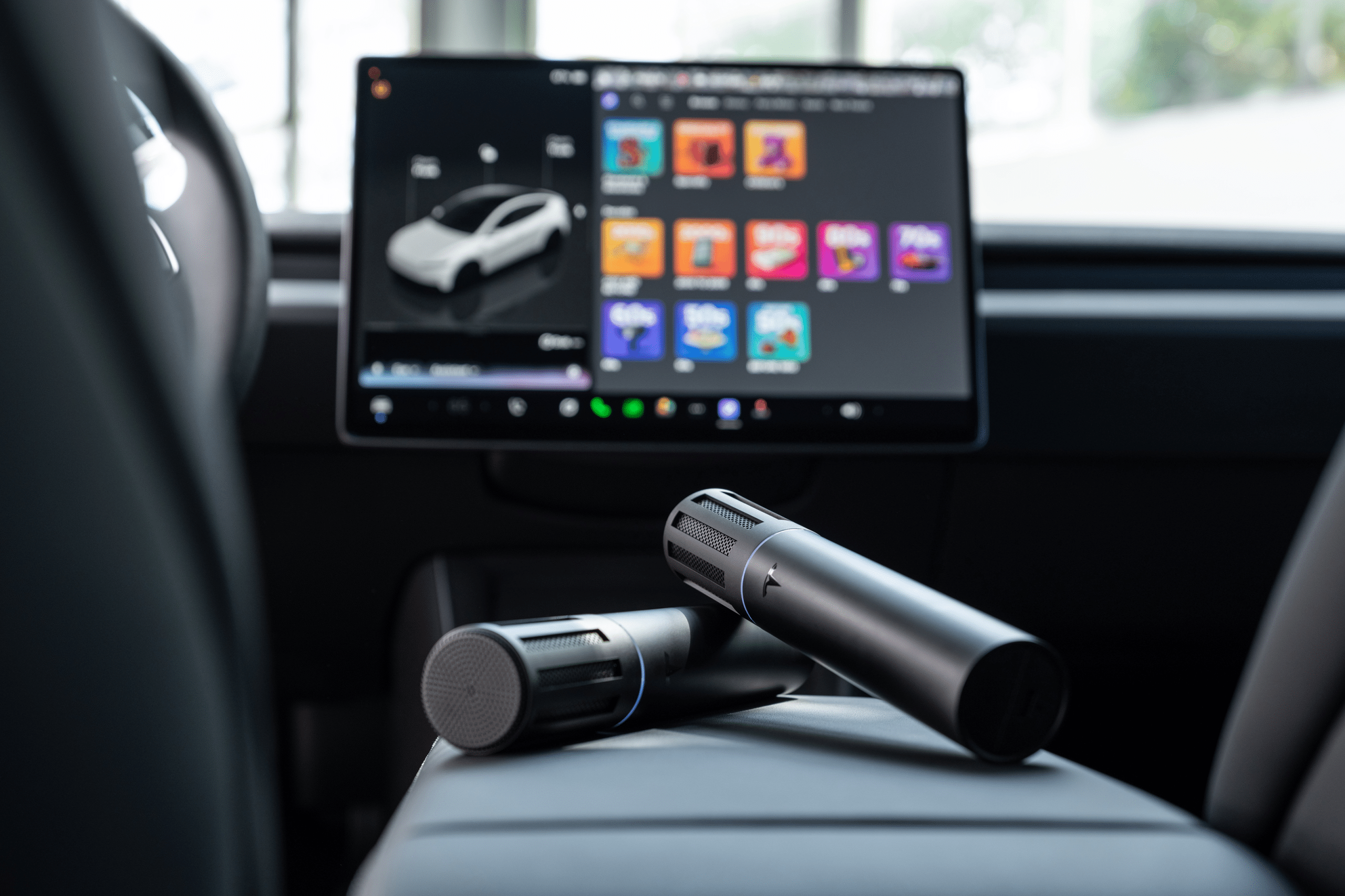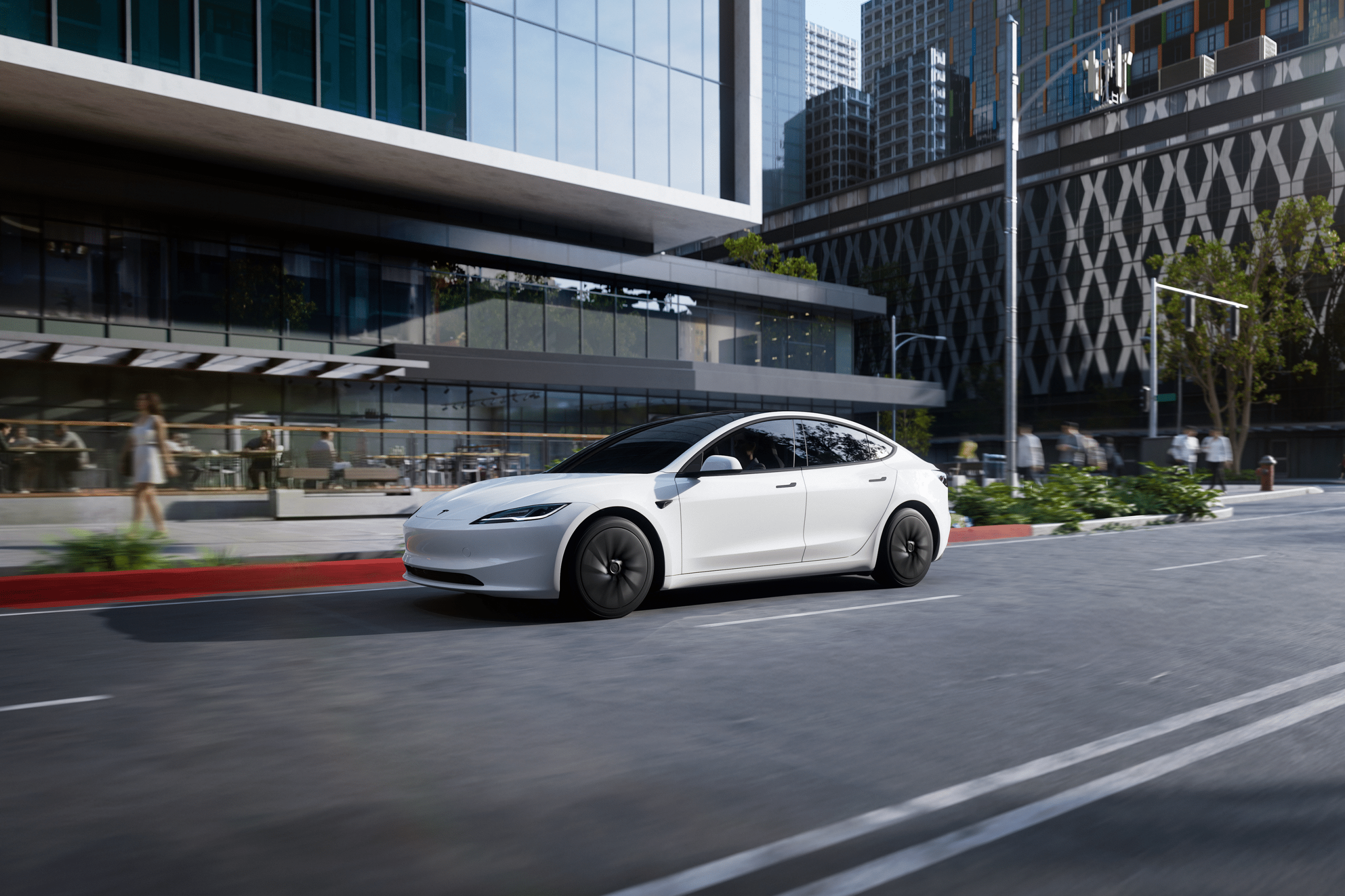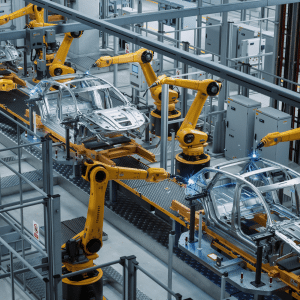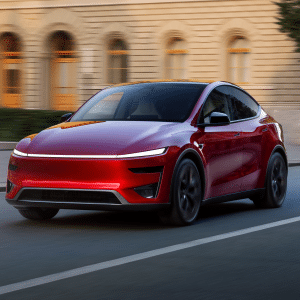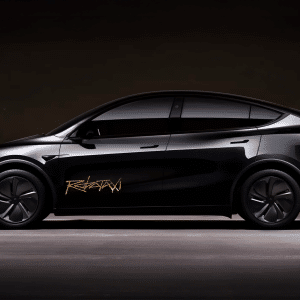Tesla has revealed the 2026 Model 3 and Model Y Standard, streamlining its EV lineup while pushing for broader market reach. The new “Standard” editions focus on practicality and affordability, designed to reestablish Tesla’s presence in the entry-level electric vehicle segment amid growing competition from Chinese automakers and legacy brands pivoting toward EVs.
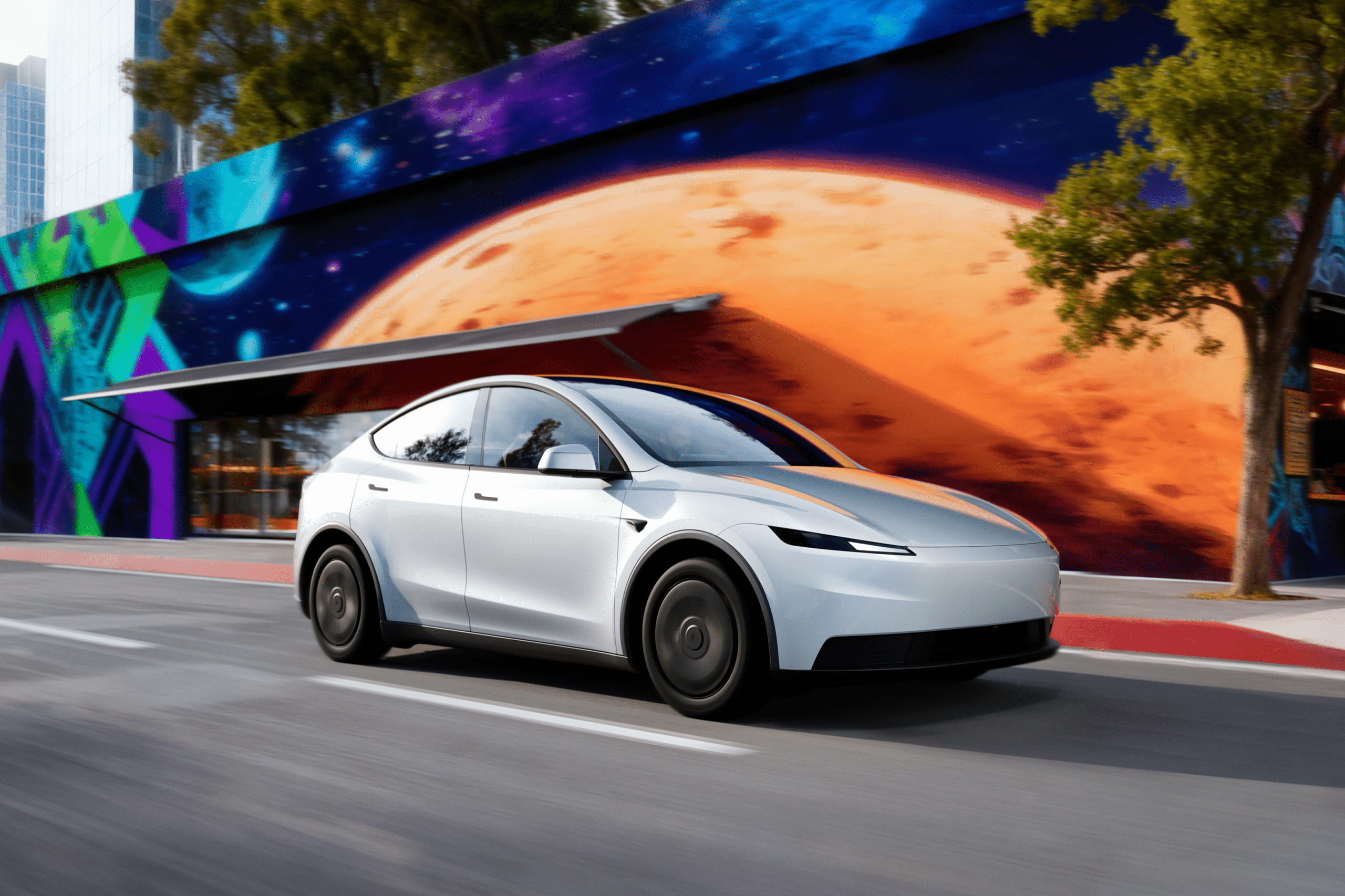
A Return to Simplicity
According to Car and Driver, Tesla’s 2026 Standard models will retain much of the familiar design language of their predecessors, but with key updates that improve range, performance, and cost efficiency. Both cars use Tesla’s latest platform refinements, incorporating lighter materials and an improved battery architecture aimed at reducing production costs while enhancing daily drivability.
The move marks a shift in Tesla’s strategy — simplifying its lineup rather than overextending it. With multiple variants phased out over the years, the company appears focused on maintaining clarity in its offerings, prioritizing core trims that balance technology, range, and affordability.
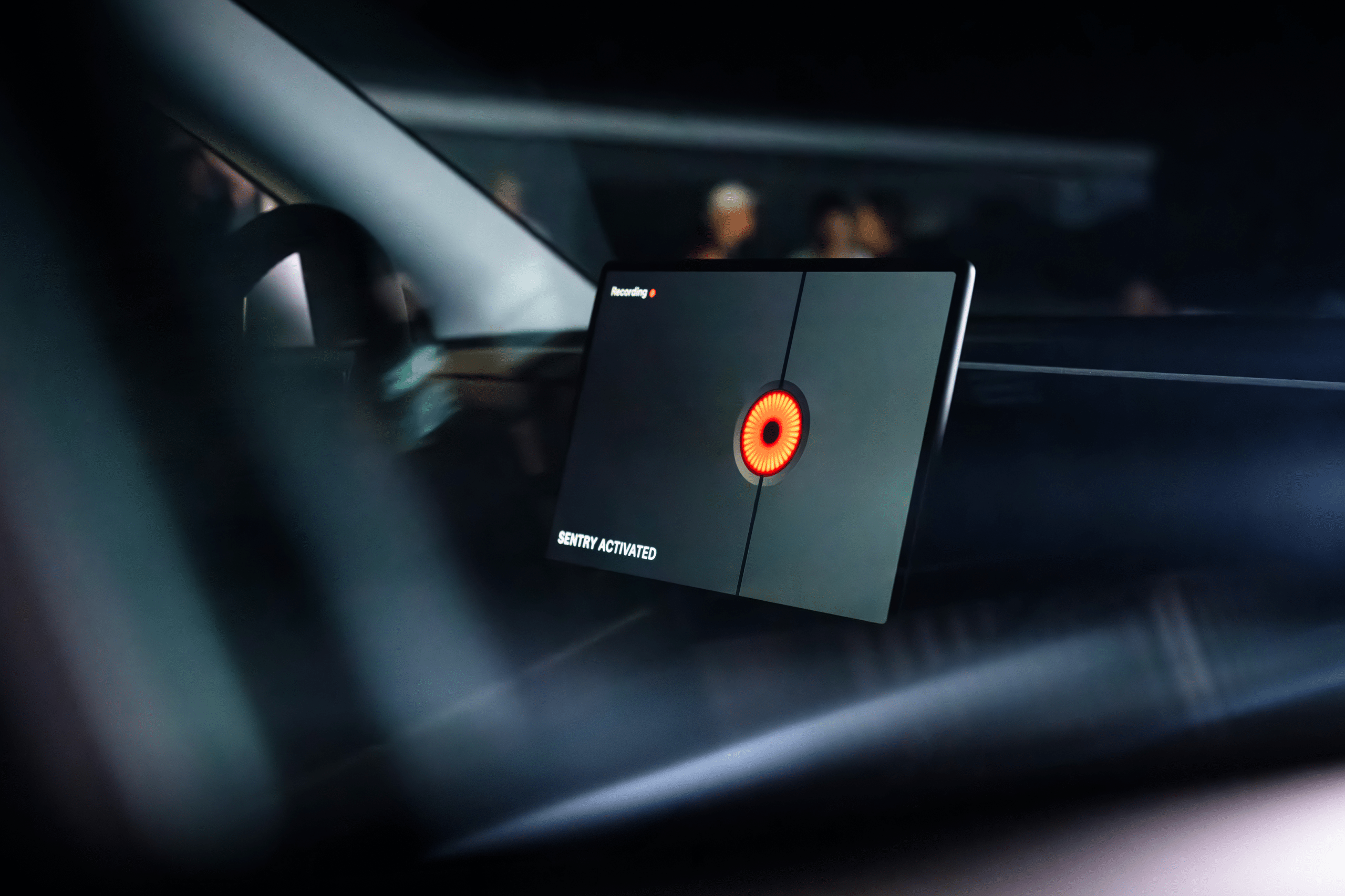
The Model 3 Standard
The 2026 Tesla Model 3 Standard continues as the brand’s compact sedan mainstay, now equipped with a new lithium-iron-phosphate (LFP) battery pack for greater efficiency and durability. While official range figures vary by configuration, early estimates suggest up to 300 miles on a single charge, a notable improvement over earlier Standard models.
Inside, Tesla has refined the minimalist interior with higher-quality materials and quieter cabin acoustics. The updated infotainment system features faster response times, a redesigned interface, and native support for Tesla’s in-car AI assistant, part of the company’s evolving software strategy across all models.
Though the vehicle remains rear-wheel-drive only, the improved energy density of its LFP cells boosts acceleration and charge efficiency. Tesla aims to keep the Model 3 Standard positioned as the most accessible gateway into its ecosystem, targeting buyers who want EV performance without luxury-level pricing.
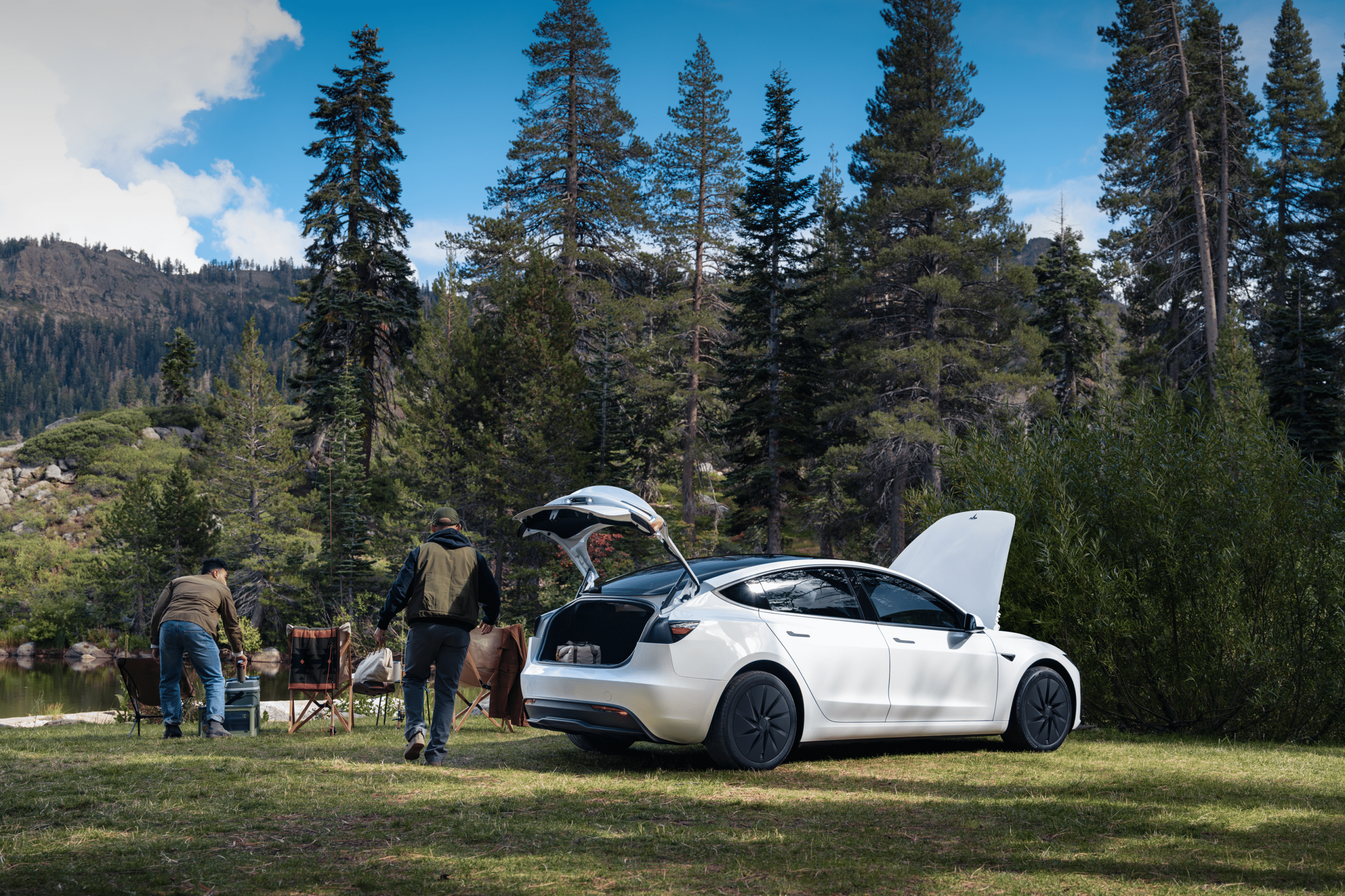
The Model Y Standard
The 2026 Tesla Model Y Standard follows similar logic but applies it to Tesla’s best-selling crossover. It adopts the same powertrain improvements, offering slightly less range — around 280 miles — due to its larger body and higher ride height. Still, Tesla emphasizes faster charging capabilities and better thermal management for more consistent performance in varying climates.
While outwardly similar to the refreshed Model Y introduced in 2024, the 2026 edition integrates subtle aerodynamic tweaks to reduce drag and improve efficiency. Cabin upgrades mirror the Model 3’s new materials and enhanced digital experience, including improved ambient lighting and upgraded sound insulation.
Tesla’s focus here is clear: maintain the Model Y’s dominance in the EV crossover space while making it more attainable to a wider audience.
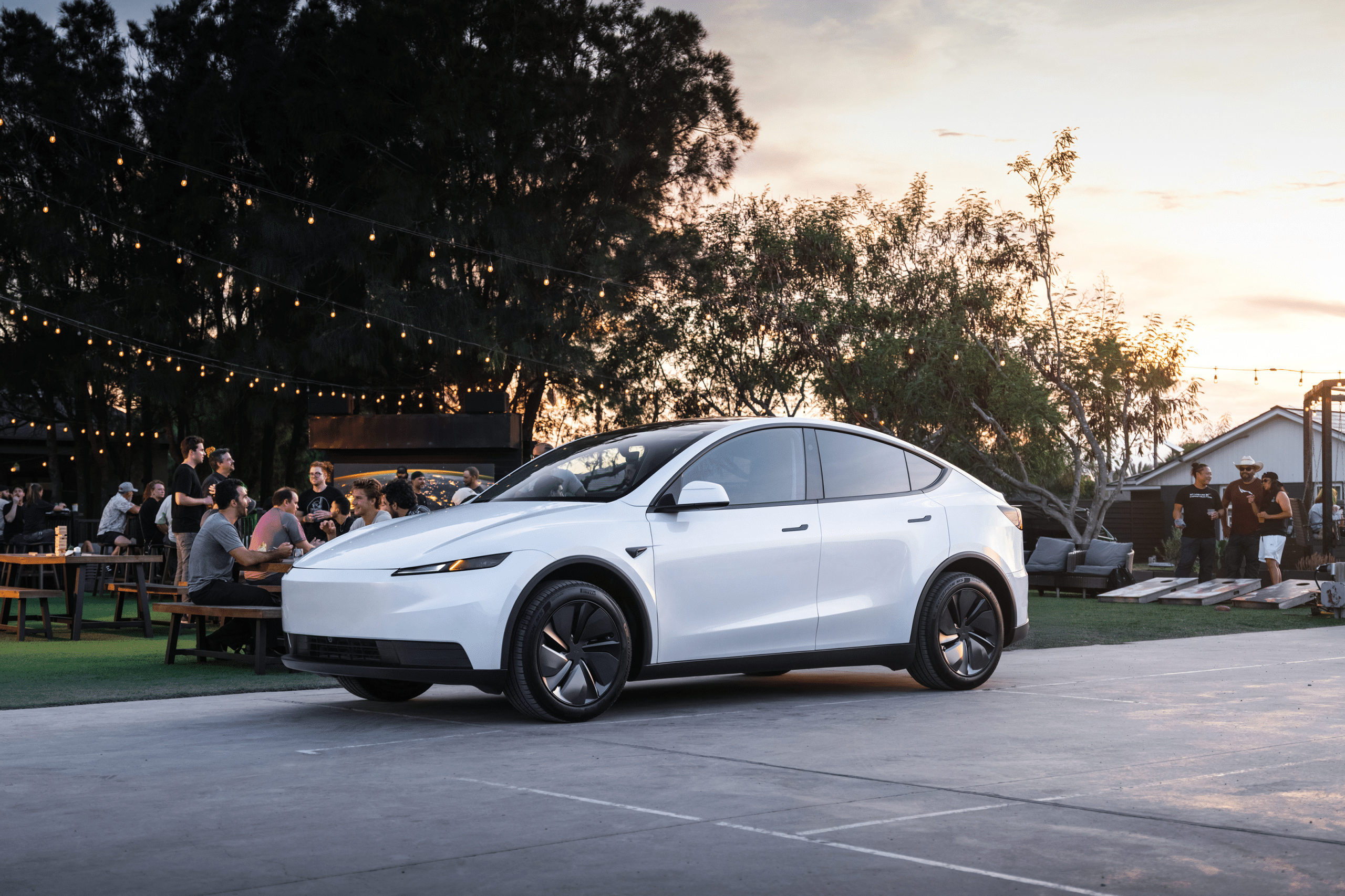
Battery and Production
Both vehicles benefit from Tesla’s evolving supply chain strategy. The company continues ramping up production of 4680 battery cells, though the Standard models will primarily use LFP packs sourced through partnerships in China and Texas. This diversification allows Tesla to lower manufacturing costs and insulate production against raw material price fluctuations.
Production of the 2026 Model 3 and Model Y will take place across Tesla’s Fremont and Austin facilities, with deliveries expected to begin in early 2026. Pricing details remain undisclosed, but industry analysts expect both models to start below current long-range variants, making them Tesla’s most affordable entries since before the pandemic.
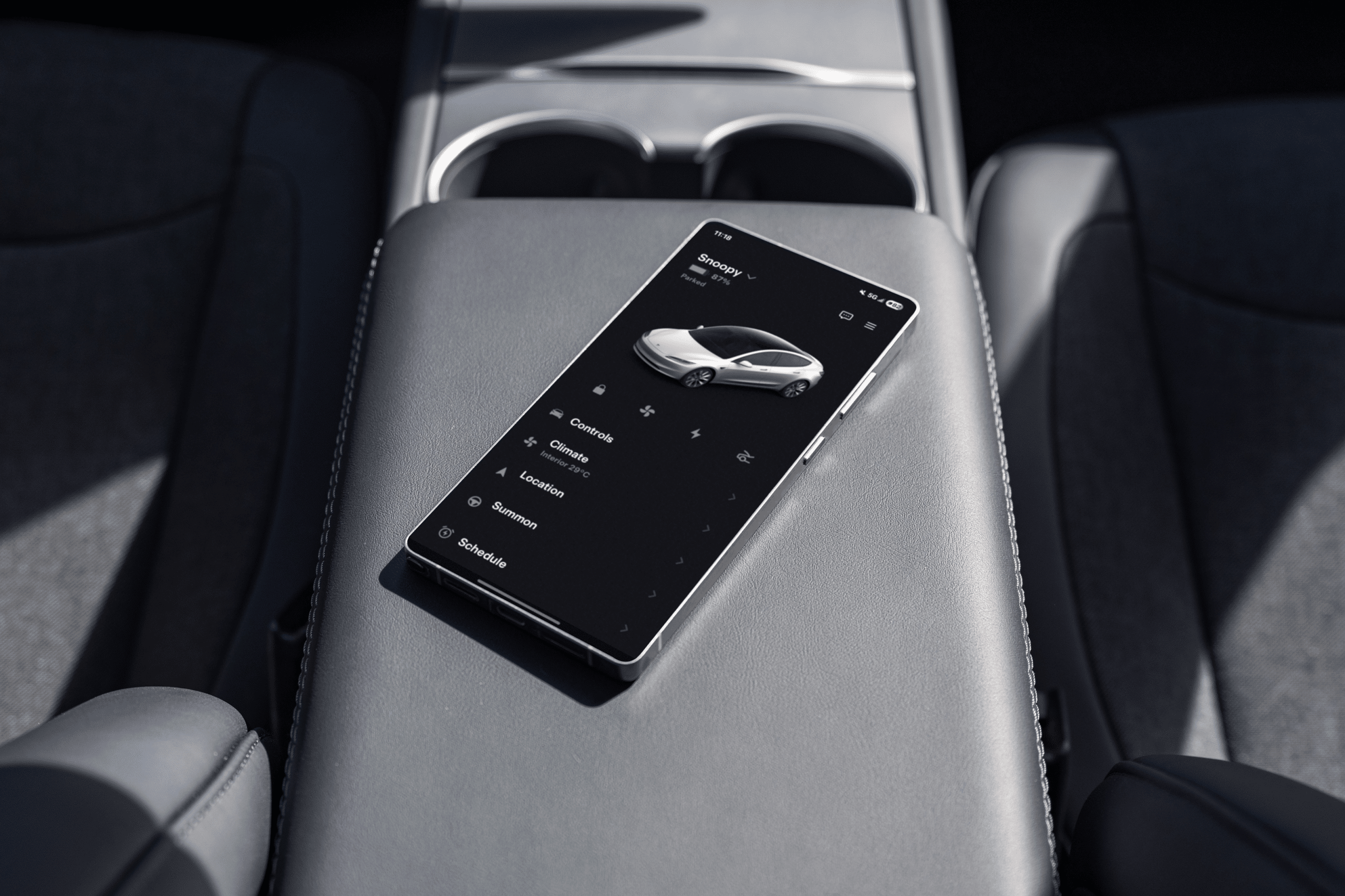
The Competitive Landscape
The timing of these launches is crucial. With the EV tax credit scheduled to end and competition intensifying, Tesla is positioning the new Standard models to appeal to cost-conscious buyers who still want strong range and proven charging infrastructure.
The company faces pressure from automakers like BYD, Hyundai, and Ford, all introducing sub-$40,000 EVs targeting the same market. Tesla’s answer — combining simplified trims, updated batteries, and expanded Supercharger access — could reinforce its lead in markets where reliability and infrastructure still matter more than novelty.
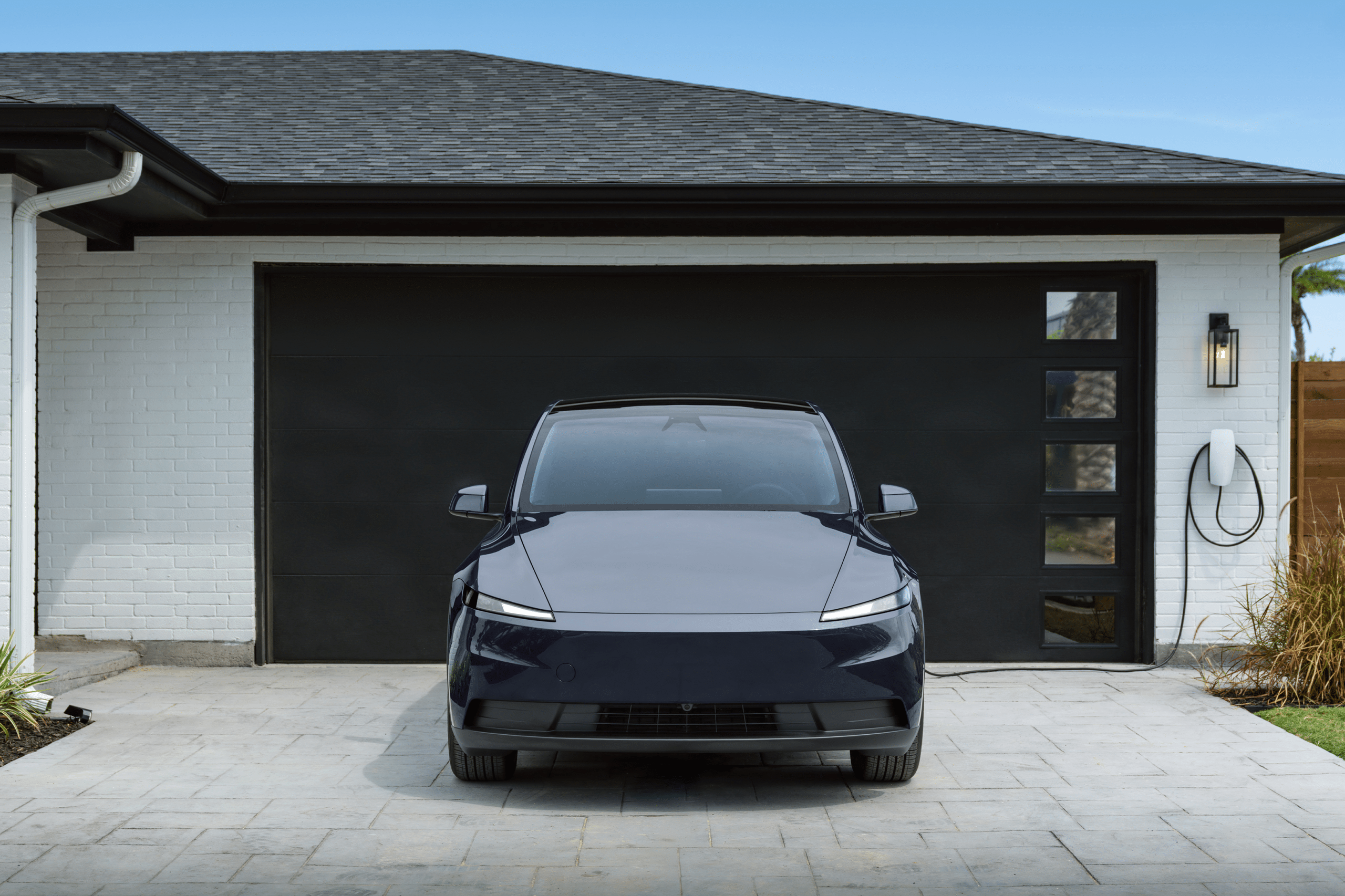
A Shift in Tesla’s Message
For a company once defined by constant innovation, Tesla’s new direction emphasizes refinement over reinvention. The 2026 Standard models are less about unveiling revolutionary features and more about optimizing what already works: reliable range, broad service networks, and incremental improvements in comfort and usability.
It’s a pragmatic step — one that may not dazzle, but that underscores Tesla’s evolving maturity as an automaker balancing mass production with market leadership.
